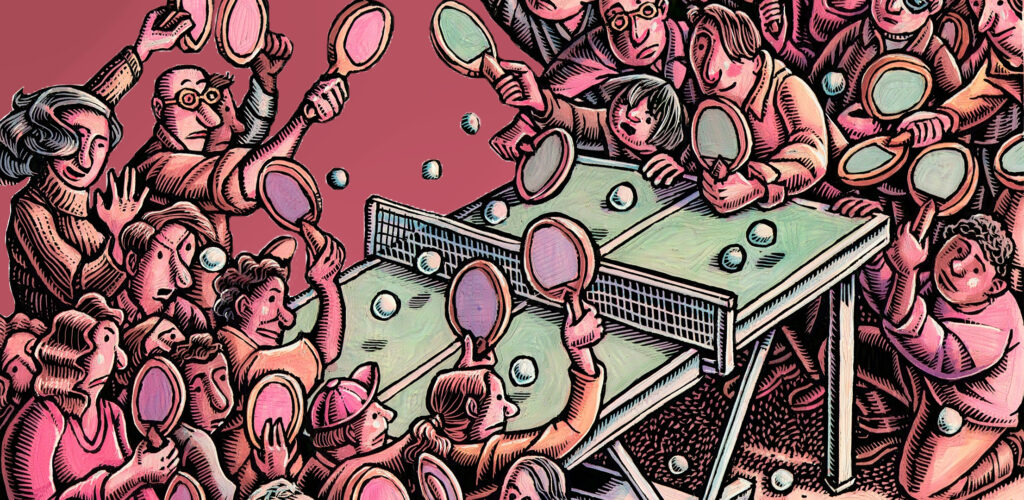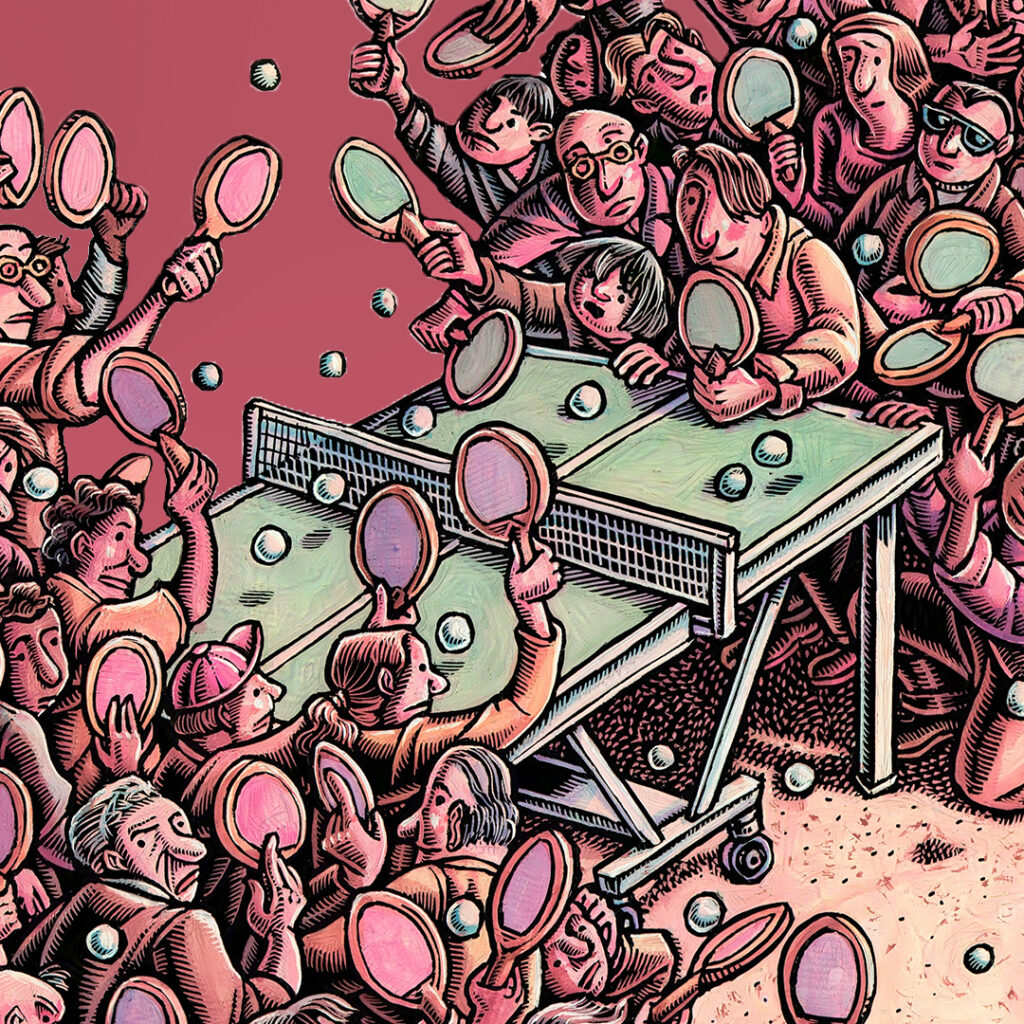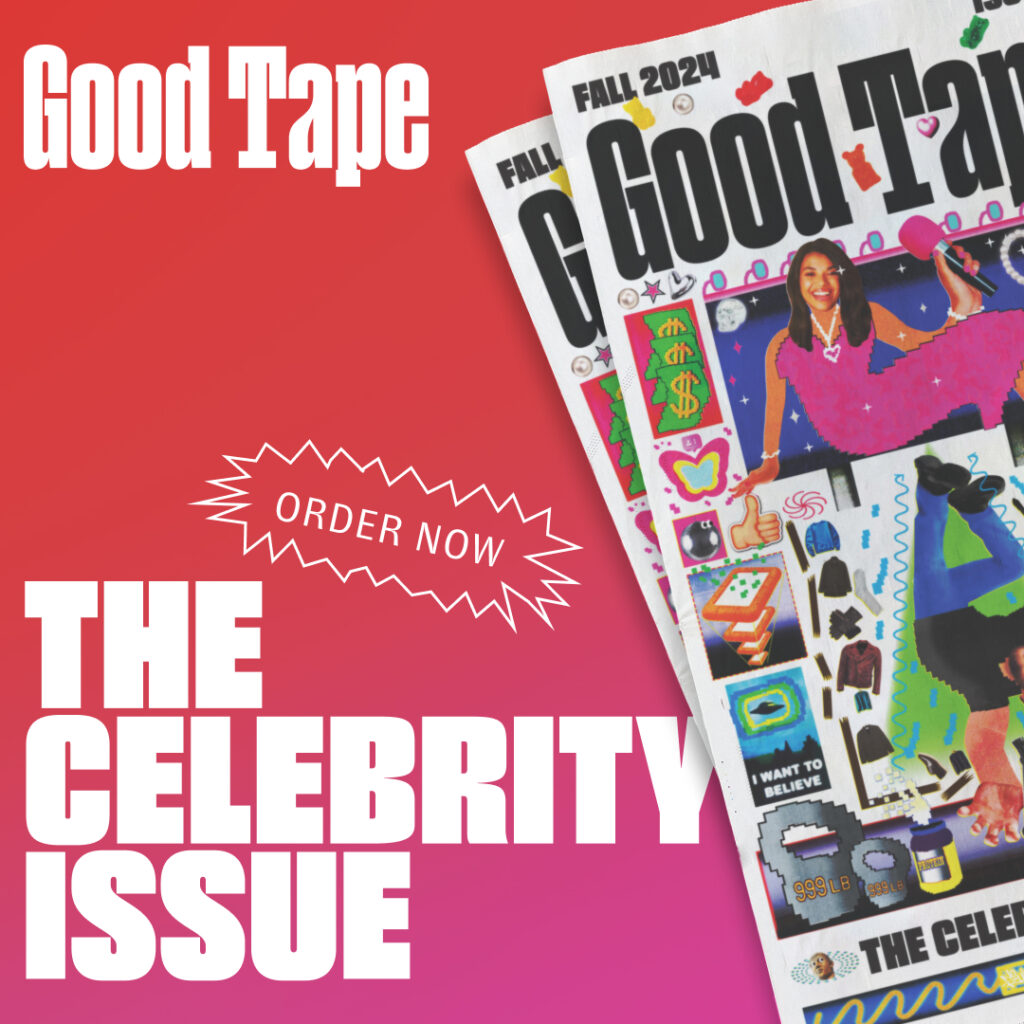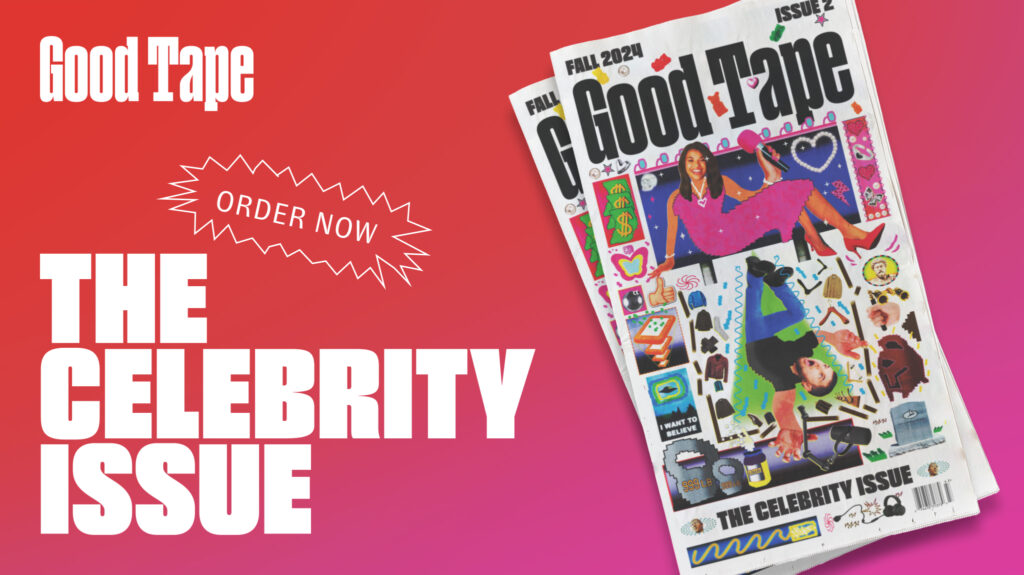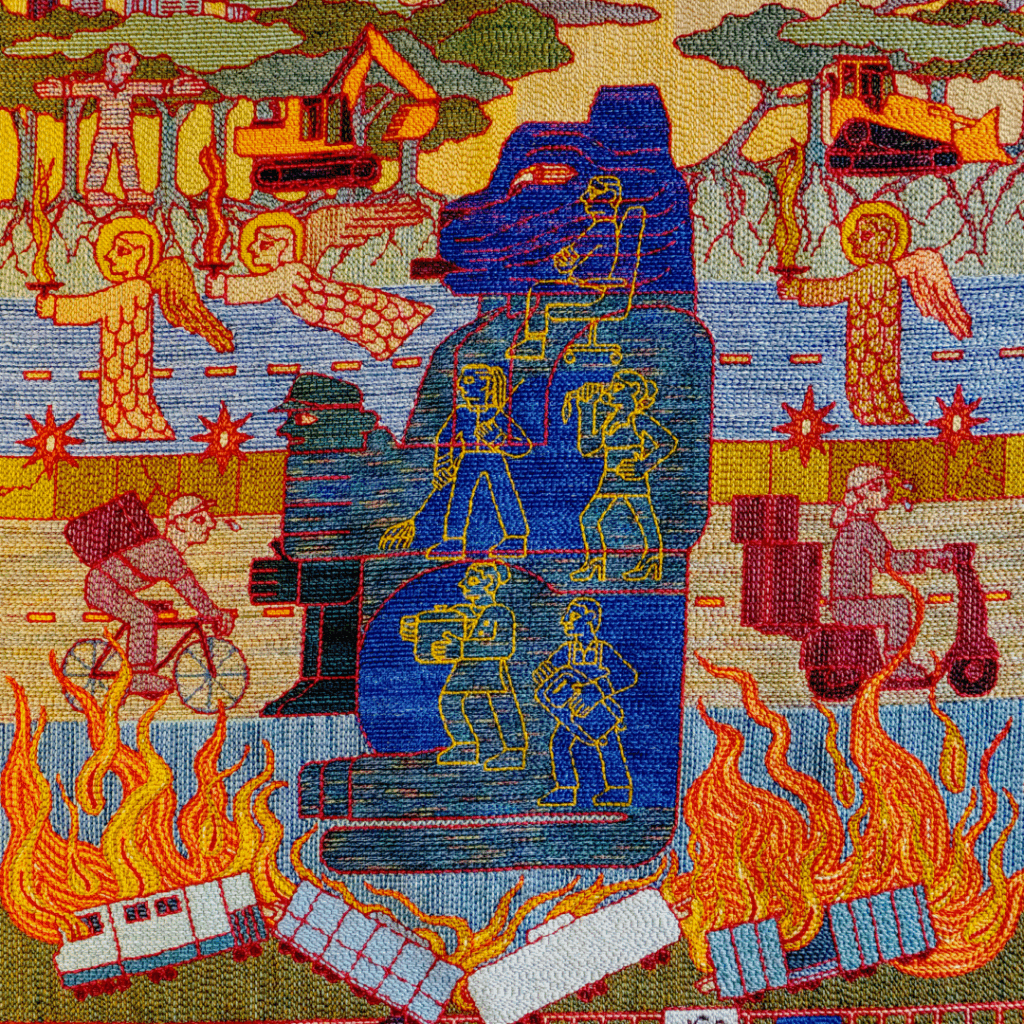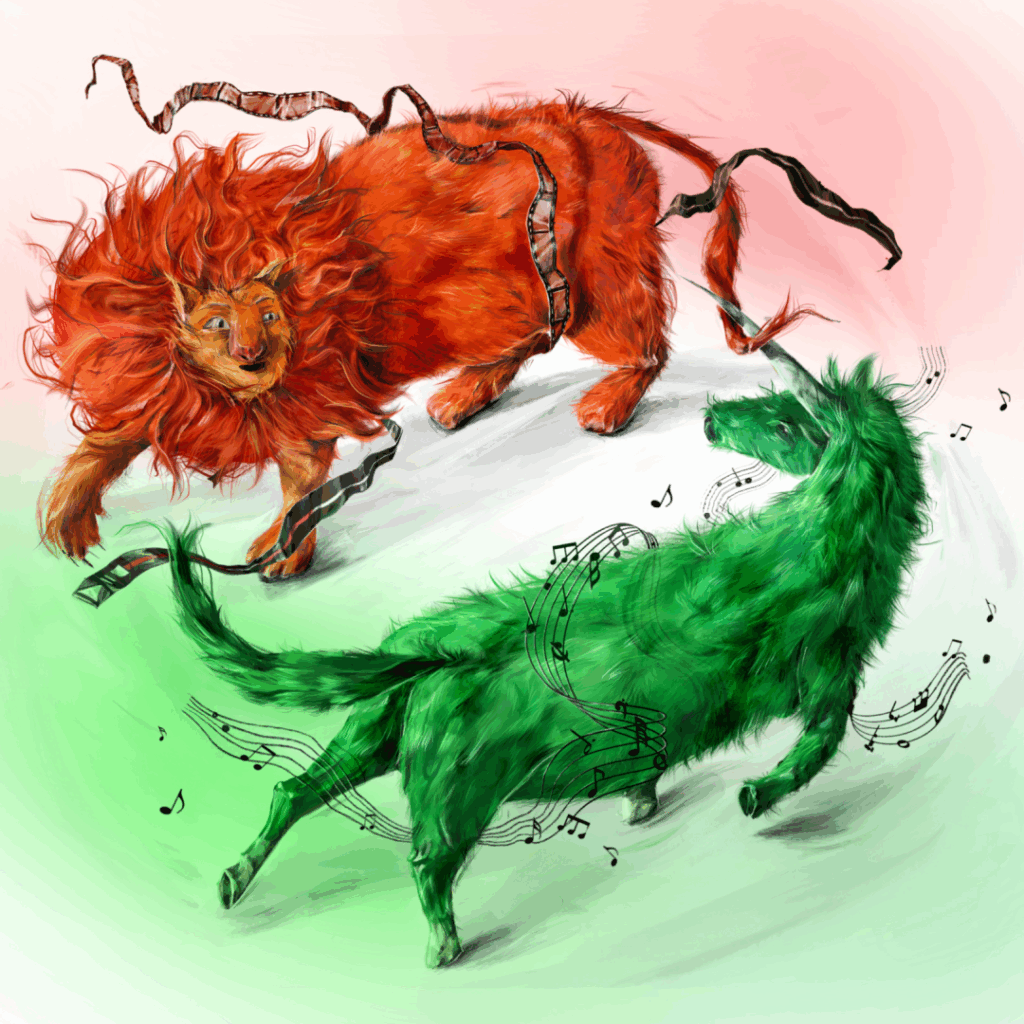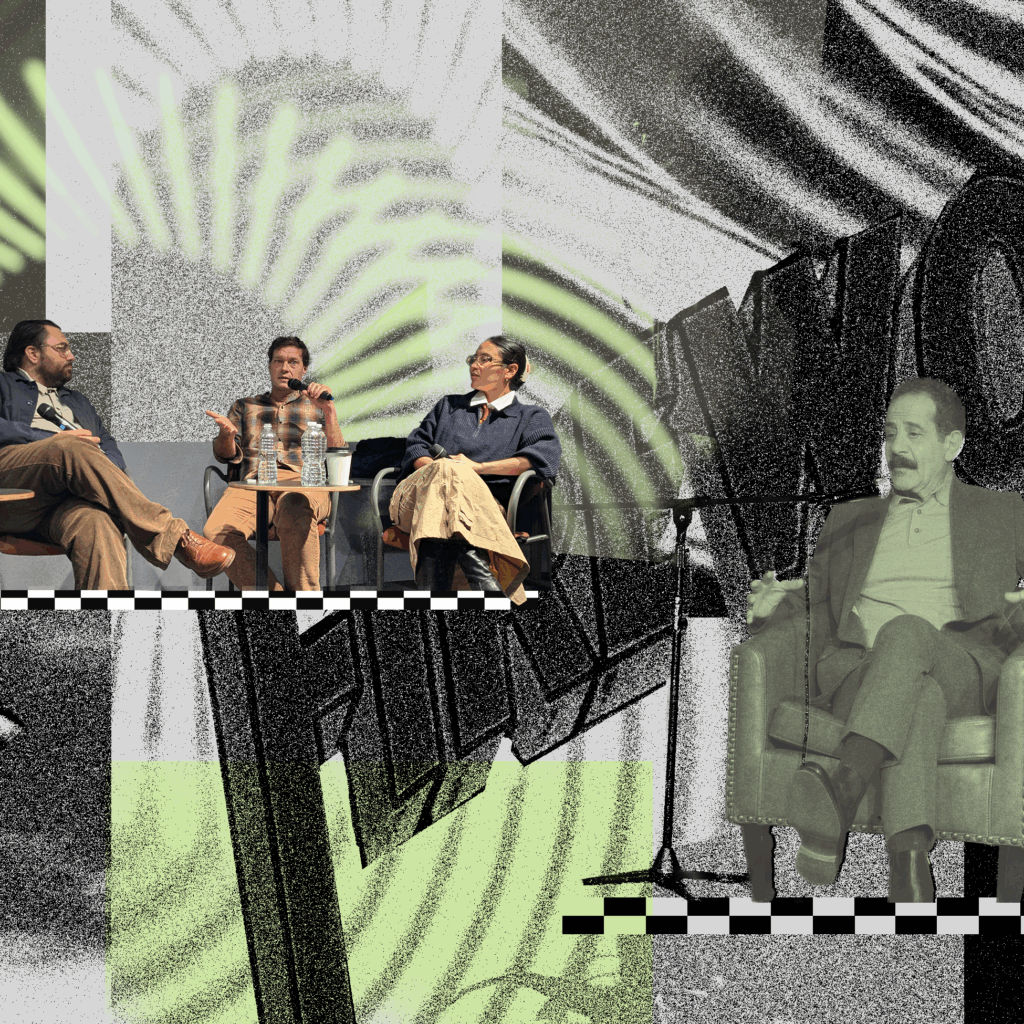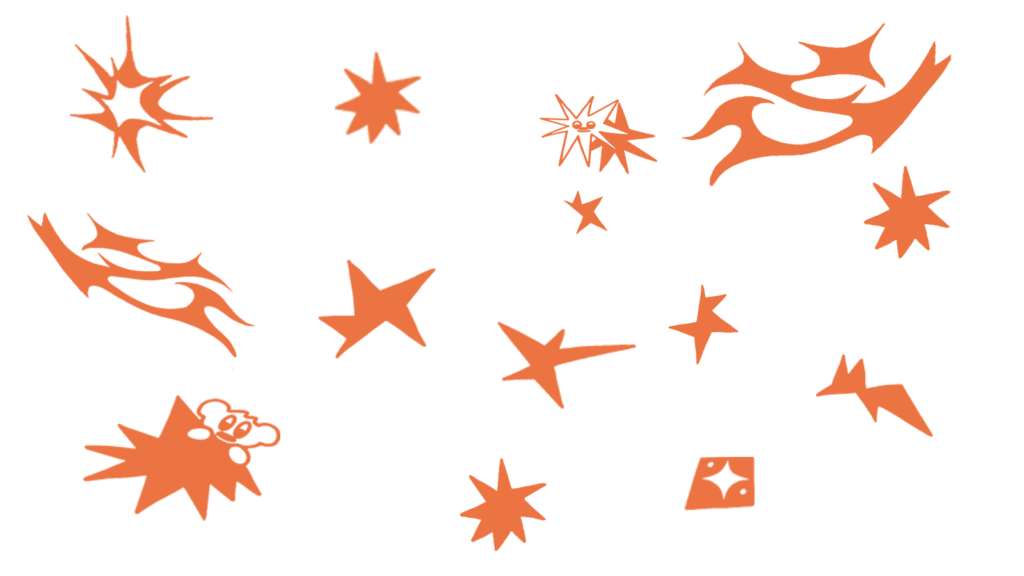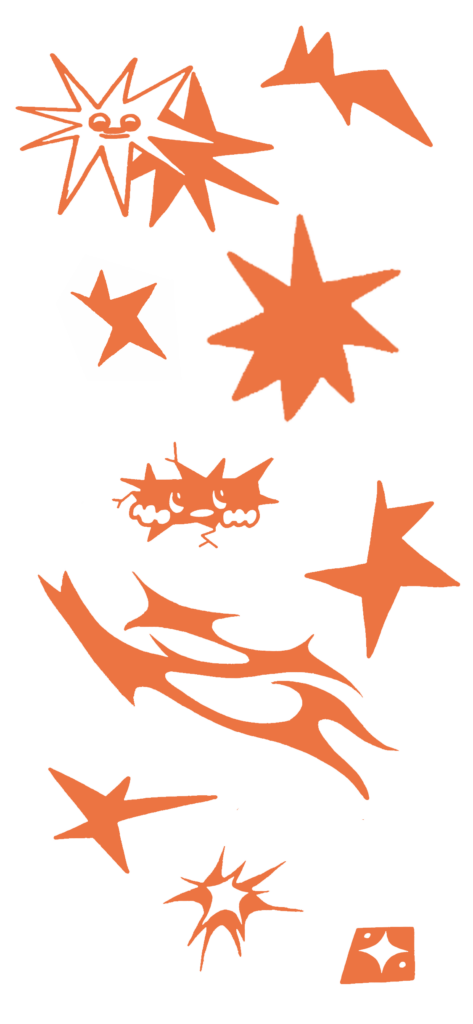Should Your Newsletter Be a Podcast?
Newsletters and podcasts are no strangers to each other. Even back in the podcasting Cretaceous, shows regularly dispatched emails to keep their audience informed. Look back at Marc Maron’s “WTF” newsletter archive and you’ll see it contains live show recaps, previews of upcoming guests, and a story about how a listener helped Marc get right with Canadian border security. Nice!
But fast forward a decade plus, and you may have noticed a change in the directionality of the podcast-newsletter relationship. Newsletters have become a funnel toward podcasting, rather than simply an outreach tool for the audio creator. Writers, thinkers, crypto bros, and journalists of all stripes have been hooking up Shure mics and launching podcast extensions, often to great success.
Has the newsletter boom created a fresh avenue toward audio? Or has the line between “newsletterist” and podcaster always been fluid? Let’s dig in.
“Statistically zero”
For Ryan Broderick, author of Garbage Day, the wildly successful newsletter about the internet, the category distinctions between written and audio formats still hold. Launched in 2019 and now approaching 90,000 subscribers, Garbage Day is a widely cited case study in how independent journalists can flourish outside the institutional media structure. Newsletters let indie journos define their own brand; a brand that, presumably, can evolve with them into other media.
But when Broderick launched his Garbage Day spinoff podcast “Panic World” in September 2024, he was surprised to discover the connection between his newsletter and podcast audiences was tenuous.
“When we launched, we really believed that Garbage Day would work as a good funnel for the show,” Broderick told me. “ The amount of people that will follow a podcast because they saw it mentioned in a newsletter is statistically zero… There’s no text to audio jump for people on the internet. As far as I can tell, they’re totally different silos.”
This is borne out, he said, by the show’s data: “Panic World” releases new episodes early on Wednesdays; the Garbage Day newsletter drops later that day around 2 p.m. But Broderick and his “Panic World” producer Grant Irving see no corresponding podcast download bump from the afternoon newsletter drop. “There’s almost no overlap, which has been kind of a weird adjustment in our thinking,” Broderick said.
That isn’t to say that “Panic World” isn’t thriving or growing. With over 600 paid memberships on Patreon and a 4.8 star rating on Spotify, the show is finding its listeners. But growth seems to be coming from audience development avenues familiar to podcasting, like feed drops and guesting on other shows. In other words, “Panic World” is less of a Garbage Day vertical and more of a horizontal: a broadening of audience reach, not a deepening. How snugly the two products fit together is still being determined.
Finance Guy origin theory
So when did the newsletter-to-podcast migration first pick up steam? Francis Zierer has a theory. Zierer runs Creator Spotlight —“Your guide to the newsletter world” — for the newsletter platform beehiiv. As such, the newsletter-podcast nexus is his beat. When interviewing multichannel media creators, one name surfaces again and again: Sam Parr.
“So many people I’ve spoken to who have started a newsletter, especially people who are more business minded, reference ‘My First Million’” as inspiration, Zierer said. “MFM” is the high-volume, high-profile podcast Parr started with co-host Shaan Puri in 2019. Both co-hosts also know their way around an inbox: Puri co-founded the crypto newsletter Milk Road, acquired by CoinLedger in 2022. And Parr? He co-founded The Hustle newsletter back in 2015, which was acquired by Hubspot in an eight-figure deal in 2021.
Parr and Puri certainly weren’t the only Finance Newsletter Guys to diversify into podcasting as their brand value grew. Morning Brew, like The Hustle, famously started as a dorm newsletter in 2014 before being acquired in 2020 by Insider Inc. Morning Brew now produces eight different podcasts on their channel.
Bailey Dunn, creator partnerships lead at Substack, points to a different Finance Newsletter Guy as ground zero for the newsletter-to-podcast pipeline. “I know we initially built out audio podcasting because Anthony Pompliano, who’s a longtime Substacker, came to us back in 2019 and was like, ‘I want to do a subscription podcast. Can I do it here?’”
Pompliano’s request was granted. He’s since put out some 1,500 episodes of the “Pomp Podcast,” which populates via both RSS feed and his 266,000-subscriber Substack channel. Meanwhile, Substack has continued to invest heavily in podcast production tools for creators. Today their offerings include video podcasts, automatic transcriptions, and a new live video feature.
The idea, Dunn said, is to create “a home-base destination on the internet” for creators that’s essentially format-agnostic. “That’s live shows, that’s a newsletter, that’s a premium podcast feed… Substack is a destination of itself.”
“Home base”
Beth Silvers, co-host of the “Pantsuit Politics” news podcast and newsletter, uses similar language when she describes her experience migrating to Substack in November 2024. “We think of Substack as our home base now,” Silvers said. “We had our listener support on Patreon, we had the newsletter on Mailchimp, and it was just becoming really unwieldy.”
Silvers noted that one of Substack’s core pitches to creators is discoverability, through robust recommendation features and the Substack app. “I think that we are being discovered more on Substack than we have ever before,” she said. “I would have said six months ago [that] if people found us on Substack, they’d mostly be there for our newsletter, right? But I feel like people just find you on Substack for whatever you’re making.”
Substack’s ultimate ambition, it appears, is to become the true “everything app” for creators (sorry, X). The platform pitches itself as an environment in which the silos between podcast, newsletter, live video, and chat become basically irrelevant. And their growth charts reflect that the pitch is working: Substack announced five million paid subscriptions in March 2025, 2.5 times the amount they had just two years prior.
What if it all goes away (again)?
There’s an obvious value proposition in creating a one-stop shop for creators struggling to piece together an independent business in a fragmented media environment.
That said, lurking in the shadows of Substack’s growth amid an indie creator boom are the reasons many creators went independent in the first place: the implosion of physical and digital newsrooms, and the decline of traditional media’s reach. Some of Substack’s biggest creators — like Jim Acosta, whose podcast and live show have more than 300,000 subscribers — are refugees from legacy giants like CNN.
Case in point: before Garbage Day and “Panic World,” Ryan Broderick worked at former digital giants like Buzzfeed and Vice. His previous forays into podcasting included a Buzzfeed-produced show called “Internet Explorer” alongside Katie Notopoulous. Today, both Buzzfeed News and Vice’s newsroom have shuttered.
Ultimately, creators remain at the mercy of their distribution platforms. Facebook’s phantom metrics around video kicked off the “pivot to video” apocalypse, and as a result whole media companies evaporated. Apple Podcasts tweaked their automatic download settings, sending podcasters scrambling. Spotify bought Gimlet and Parcast, then essentially digested both. And the day TikTok went dark was a wake-up call to creators whose main point of contact with their audience was on the app.
So as newsletterists become podcasters become multimedia stars on Substack, the question looms: what happens if this platform too tweaks its algo, moves its goal posts, or disappears altogether?
Walled garden vs. invisible software
Bailey Dunn said Substack is well aware of this sword of Damocles hanging over creators. “We think about that all the time,” she said. “We want creators to be 100 percent in control of their destiny here. On Substack you can export your data and take it and go at any point. It’s yours long term.” So in theory, creators dissatisfied with their service can take their business elsewhere.
But unlike Substack, other newsletter platforms like beehiiv and Ghost have consciously steered away from making themselves a destination in the first place.
“We’re trying to be the backbone of the technology that helps build this new ecosystem for creators, instead of trying to keep them,” said beehiiv’s VP of Creators, Katherine Rundell. “There are other newsletter providers that are trying to keep it a closed garden and make [themselves] just another social network for newsletters. Which is kind of the antithesis of the newsletter economy. We have the ‘powered by beehiiiv’ at the bottom but otherwise, everybody should have their own brand identity.”
You can see this philosophy reflected in beehiiv’s revenue model: a flat monthly fee for software services, which stands in contrast to Substack’s 10% cut of paid subscriptions, a revenue structure that naturally incentivizes a social growth model.
The appeal of a decentralized platform isn’t just hypothetical: Broderick started Garbage Day on Substack, then shifted to beehiiv at the start of 2024. Today, he’s part of beehiiv’s Media Collective, formed in November 2024 to provide journalists with shared tools that include legal support and health insurance. “I’m not shy to say I’m a fan of their approach,” Broderick said. “They’ve been very clear to me that, ‘We make software for businesses and we want it to work.’ And, like, that’s it.”
The gold bullion of content capital
So, what can creators take away from this Newsletter Moment? “I like to speak about content capital, which is not an idea I came up with,” said beehiiv’s Francis Zierer, referencing the media theorist Kate Eichorn’s book “Content.” “Your Twitter following or your Instagram following is illiquid content capital. The gold bullion of content capital is an email list. A podcast might have thousands of listeners, but do you have their email address?”
In other words: the story of this moment is less about the newsletterist turned podcaster versus the podcaster turned newsletterist than it is about the need for every creator to “own their audience,” as overused as that phrase may be. At its core, a newsletter is still how you drop into the inboxes of people who like what you do — just like it was back in the podcasting Cretaceous.
Katie Clark Gray is a Webby award-winning podcast producer, Pew Fellow, and partner at Uncompromised Creative. Past credits include: writer/producer, “The Best Idea Yet” (Wondery); senior producer, “Masters of Scale” (WaitWhat); writer/performer, “Fathom.” More at Uncomp.ninja.
